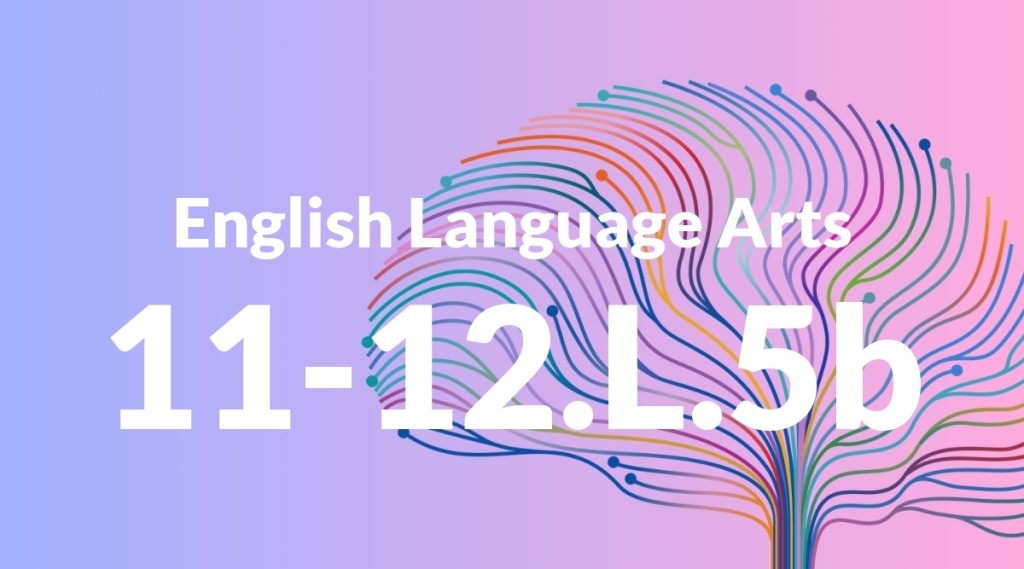Standard: 2.L.5b – Distinguish shades of meaning among closely related verbs (e.g., toss, throw, hurl) and closely related adjectives (e.g., thin, slender, skinny, scrawny).
Grade level: Grade 2
Subject: English Language Arts
Domain: Language
Teacher Overview
This standard focuses on helping students understand the subtle differences between words that have similar meanings, enhancing their ability to express themselves more precisely. This skill is crucial for effective communication and lays the groundwork for more advanced language use in later grades. Students need to know what verbs and adjectives are and have a basic understanding of synonyms to grasp the nuances in meaning.
After mastering this standard, students will be able to select words with greater precision, enhancing their descriptive writing and overall communication skills.
Common Misconception 1
One common misconception is that all synonyms can be used interchangeably without affecting the sentence. This is incorrect because each word carries its own shade of meaning that can alter the context or intensity of the sentence.
Intervention 1
Provide multiple sentences using different synonyms in various contexts to show how the meaning changes. Encourage students to discuss what each word adds to the sentence.
Common Misconception 2
Another misconception is that more complex words are always better. In reality, the best word choice depends on the context and the writer’s intent.
Intervention 2
Use examples from literature where simpler words are more effective and ask students to consider why the author chose those words.
Prerequisite Knowledge
Students should have a basic understanding of verbs and adjectives and be familiar with the concept of synonyms.
Subsequent Knowledge
Students will develop the ability to choose more precise words in their writing to convey exact meanings and will improve their overall vocabulary.
Instructional Activities
- Word sorting games that categorize verbs and adjectives by intensity or nuance.
- Writing exercises where students replace common words with more precise synonyms.
- Group discussions analyzing word choices in sentences or short paragraphs.
- Interactive storytelling where students suggest different verbs and adjectives to change the story’s tone.




